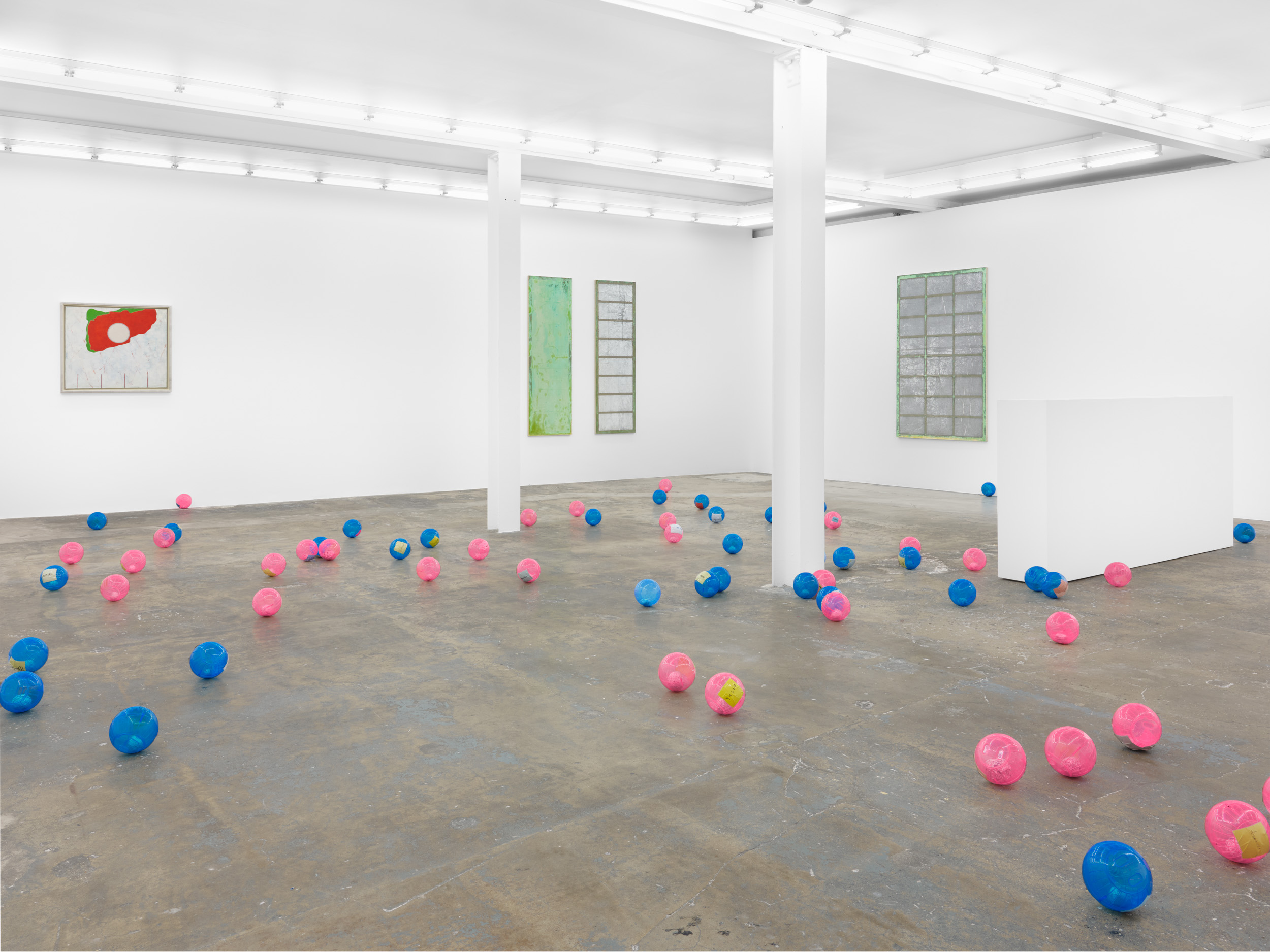“As we have seen, the weird is constituted by a presence — the presence of that which does not belong. In some cases of the weird… the weird is marked by an exorbitant presence, a teeming which exceeds our capacity to represent it. The eerie, by contrast, is constituted by a failure of absence or by a failure of presence. The sensation of the eerie occurs either when there is something present where there should be nothing, or if there is nothing present when there should be something.”—Mark Fisher, The Weird and the Eerie, 2016
Something where there should be nothing considers ideas of absence and as a result, the presence thus implied by this condition. In his essay “The Weird and the Eerie,” Mark Fisher describes the feeling of unease resulting from the failure of absence—or its inverse, the failure of presence. While the former, “something where there should be nothing”, often involves an object, entity or a feeling that doesn’t belong in a particular context; the latter, or, “nothing where there should be something”, refers to the lack of something expected or needed, engendering a sense of incompleteness or emptiness.
Thinking through spatiality, permeability and residuality, many of the works in the exhibition address a felt absence directly, while others simply refer to it—or indeed disrupt it. For example, a number of works consciously penetrate the immaterial with material through chemical, spiritual or social processes of absorption, reactivity, vulnerability or accumulation. Simultaneously, at points in the exhibition, the immaterial embeds its mark into the material, recalling Simone Weil’s infamous assertion that God (immaterial presence) is precisely within the void (material absence). Furthermore, returning to Fisher’s inquiry, if failed absence (and presence) becomes eerie because the agent involved remains obscured or unidentifiable, then the eerie also raises the question of agency: “Since the eerie turns crucially on the problem of agency, it is about the forces that govern our lives and the world. It should be especially clear to those of us in a globally tele-connected capitalist world that those forces are not fully available to our sensory apprehension.” Formally, materially and conceptually, throughout the exhibition, this group of artists continually interrogates the invisible forces that seek to govern our existence.
In addition, certain artists have determined to signal a presence precisely by rendering absence an impossibility, or the idea of it, futile. The inclusion of remnants of a lived experience of an individual, evidence of use and the detritus of advanced capitalism; render objects or surroundings that, while devoid of persons, rely on human presence in order to exist. Meanwhile, others choose organisational devices or pictorial strategies of containment not to fill, but to contend with, to play with, and to resist. As such, the works in Something where there should be nothing interfere with our associative understanding of absence as a kind of vacuous emptiness or non-existence, to instead position this state as Marina Vishmidt once wrote “Between not everything and not nothing”.

